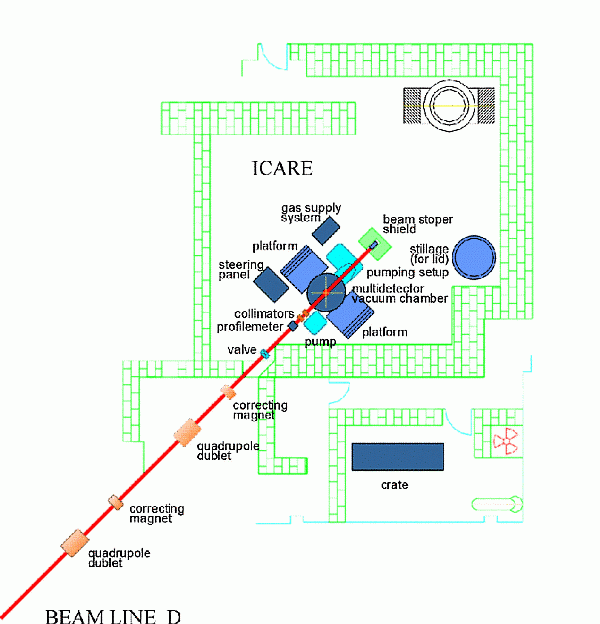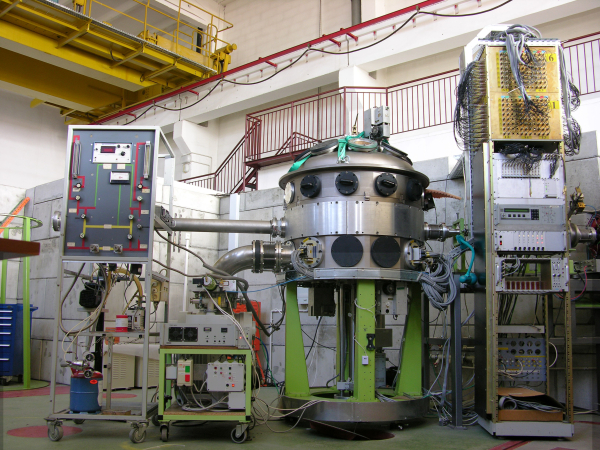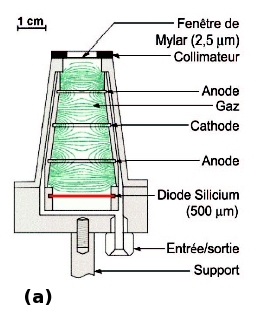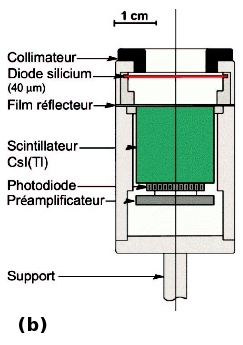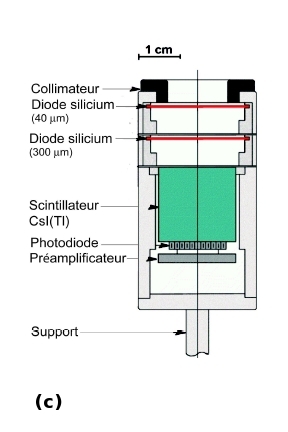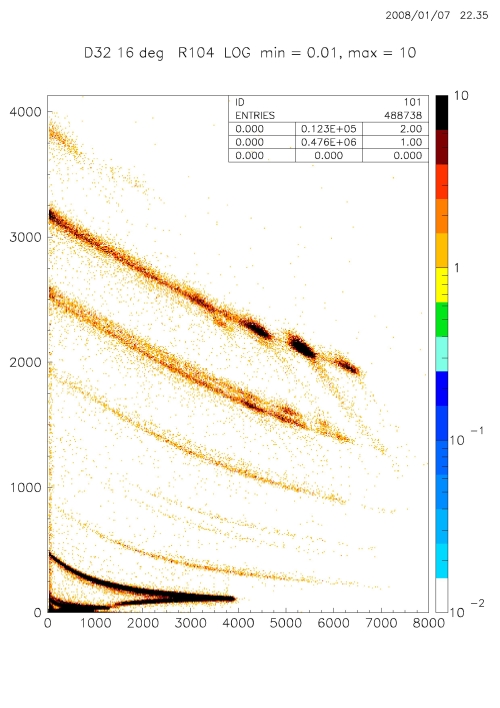

















Other experimental set-ups: IGISOL CUDAC JANOSIK CUP Si Detectors BARRIERS SYRENA EAGLE ICAREICARE is the charged particles detector system used for their identification and energy measurements. Built in the IReS (Strasbourg) is presently installed at HIL (Fig.1). ICARE at HIL - project milestones
Figure 1: Localization of the ICARE setup in the HIL experimental hall. The ICARE system consists of the 1m diameter reaction chamber with up to 48 E-ΔE gas and semiconductor telescopes , supplied with the electronics and data acquisitions systems (see Fig.2).
Figure 2: ICARE at HIL. The detectors can be mounted in any configuration preferred by users, using internal mounts. The self-supporting target holder allows to use up to 6 different targets. It can be remotely operated without necessity of opening the reaction chamber. The detector system layout is presented in Fig.3.
Figure 3: Inside view of ICARE The ICARE system can be equipped with three kind of telescopes :
Figure 4: Telescopes for the ICARE system. (a) Gas + Si telescope, (b) Si + CsJ(Tl) telescope (c) Si + Si + CsJ(Tl) telescope. An example of charge and mass identification from test measurement of angular distribution of products from 14N + 12C are in Fig. 5.
Figure 5: Reaction products observed in one of
the Si ΔE-E telescope in the 14N + 12C
reaction at the Lab energy 80 MeV. Experimental programme to be performed using the ICARE system:
|



